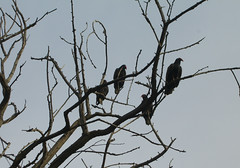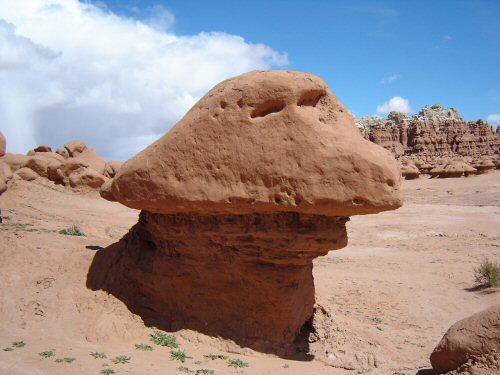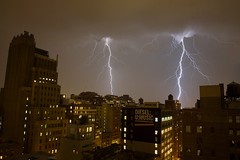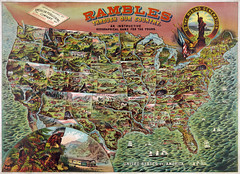Of course, the vulture never landed. What we didn't know then, but know now, is that the Turkey Vulture is one of the few birds with a keen sense of smell. They choose their carrion from the scents that waft up to them on warm air. It needs to be a few hours old, but can't really be rotting.
Researchers have put roadkill deer deep into bushes, not far from carefully cleaned and taxidermied deer that look dead, in a clearing, and the vultures have gone after the nice meaty stinky deer. There are stories of Black Vultures following Turkey Vultures to find better dinners.
North America's vultures – the common Turkey Vulture and Black Vulture, and the critically endangered California Condor – are very different animals from old world vultures, but share the same niche. They are more closely related to storks than they are to the old world vultures, and are not raptors, as they don't catch live prey with their feet. But all vultures and condors have mostly bald heads, and eat carrion. A bit more than a decade ago, the nascent Animal Planet had a show called “All Bird TV," and on it, host/ornithologist Ken Dial, a bald guy, illustrated the need for bald carrion eaters by putting a wig on and plunging his head into a huge pot of saucy spaghetti. It stuck all over the wig. Then he removed the wig and stuck his bald head in the pot. What spaghetti managed to stick at all was easily shaken and wiped off.
The California Condor is still at risk from myriad human causes. They bump their huge wings on high voltage lines, they consume lead bullets in carrion, they're occasionally shot at. They don't seem to mix well with modern human society, and there are only about 200 California Condors left.
Old world vultures are also threatened by loss of habitat and environmental toxins. King Vultures in India are dying from exposure to diclofenac, a common anti-inflammatory in cows there. When the cows die, and the vultures eat their meat, the vultures are poisoned. It's even affected the Indian Zoroastrians' tradition of sky burial, with too few vultures to do the job. (And careful with that link – there are some slightly gooshy photos behind it. But the King Vultures are fine with gooshiness.)
I feel lucky to have Turkey Vultures as yard birds. Those in the photo illustrating this post were in my yard at the time, and they often fly overhead. But few vulture species are as common, and few have as secure a future as the roadkill-loving Turkey Vulture. The rest really need our help, which starts with awareness. After that comes working to promote (or require) bismuth bullets for hunting in condor ranges, research into (and banning of?) chemicals that poison vultures, designing human infrastructure and planning development in ways that allow the birds their space as well. But it starts with awareness of their beauty, the jobs they do, and why we need to help them.
Vultures are awesome.

Here are more links and stories about Vulture Awareness Day:
International Vulture Awareness Day home page
Picus blog
Ecoworldly
Vulture Awareness Day at the Virginia Aquarium & Marine Science Center
In Haaretz
Vultures I Would Like To See
Reflection from Pinguinus
At Coyote Crossing
Carnival of vulture blogs






